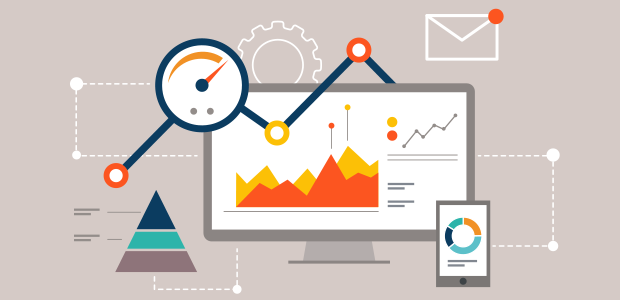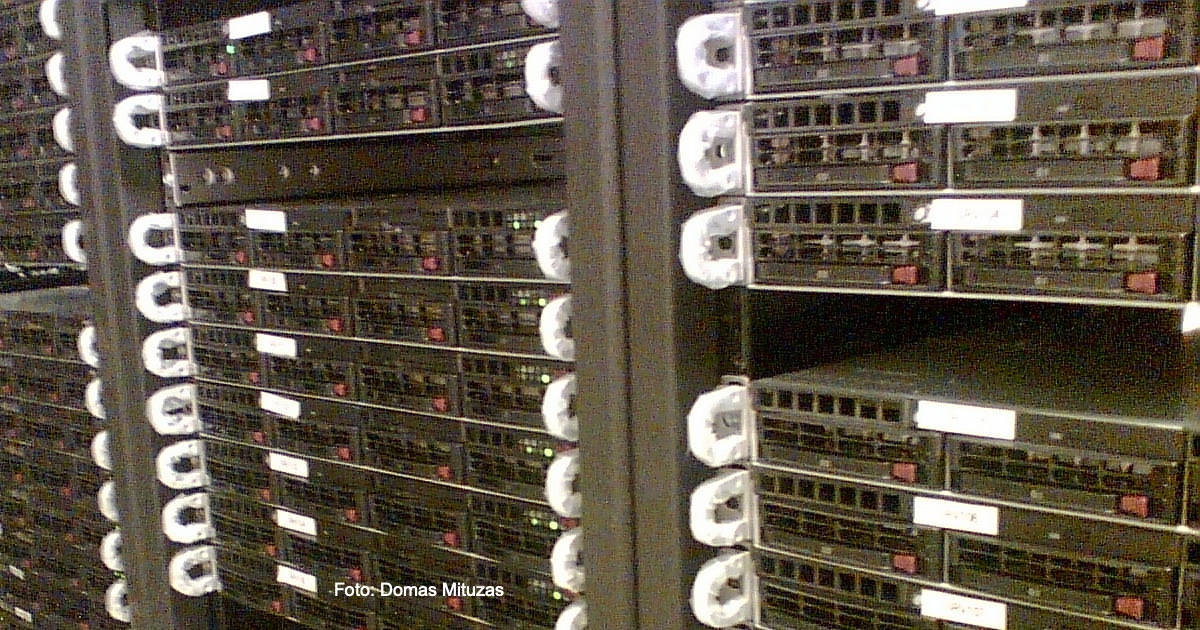Web analytics is the practice of measuring, collecting, analyzing and reporting online data for the purposes of understanding how a website is used by its visitors and how to optimize its usage.
The focus of web analytics is to understand a site’s users, their behavior, and activities.
The study of online user behavior and activities generates valuable marketing intelligence and provides:
· performance measures of the website against targets
· Insights on user behaviors and needs, and how the site is meeting those needs
· optimization ability to make modifications to improve the website based on the results
An average web analytics tool offers hundreds of metrics. All are interesting but only a few would be useful for measuring the website’s performance. Focus on what is important to get meaningful insights about your website, start your web analytics initiative by defining realistic and measurable objectives for your site.
A business will not be successful if the customers are not satisfied. The same applies to your website. You must provide a compelling customer experience that creates value for your users and persuades them to take action. Each website may have a number of different users. To create a compelling user experience you must study each user segment in detail. Create user profiles for each segment that answer:
· Who is your target market?
· Why would they visit your site?
· What do they wish to accomplish on your site?
· What are the barriers to their satisfaction?
Key performance indicators or KPIs are a simple and practical technique widely used by organizations to measure performance. They are often expressed in rates, ratios, averages, percentages.
The challenge is to choose the KPIs that will drive action and challenge you to continually optimize your site to achieve your objectives. It is important to understand the difference between an interesting metric and an insightful KPI. Peterson, in his book, suggests:
KPIs should never be met with a blank stare. Ask yourself “If this number improves by 10% who should I congratulate?” and “If this number declines by 10% who do I need to scream at?” If you don’t have a good answer to both questions, likely the metric is interesting but not a key performance indicator.
How is the user activity data collected?
There are two distinct methods to collect user activity data:
· Web server log files– Web servers are capable of logging “user requests”, or a user’s movements around a website. These files can be used to perform analysis and create reports on website traffic.
· Tracking scripts inserted into web pages – With this approach, a small javascript is inserted into a web page and every time the page is downloaded into a user’s browser, this script executes itself, capturing information about the activity performed (such as the page viewed, time of viewing, etc.).
Also referred to as browser-based measurement, the scripting approach has become the most popular approach. The chief reason for the popularity of this technique is the high levels of caching that takes place on the Internet to boost the speed performance. Popular web pages, for example, are copied by ISP’s to serve them to their users quickly. Since the web page contains the tracking script, regardless of how it is served to the user, it will execute each time the page is downloaded from the user’s browser.
Standard user activity data can be enriched through:
URL tracking parameters– Tracking parameters are added to a web page’s URL so you can collect additional information about site usage. For example. to understand what the users are searching for, you can put the keywords being searched for into the URL of the search results page. That result page’s URL will then look like this: “search_results.HTML?keyword=public holidays”.
· Cookies – Cookies are small packets of data deposited on the computer hard disk of the user when the person visits a website. Cookies can contain all sorts of information, such as visitor’s unique identification number for that site; the last time that person visited the site and so on. Your web analytics solution can be configured to detect the cookie for identifying returning users and read its content for more advanced reporting such as regency of a visit.
· Online forms – Forms often constitute low-cost/high-value interaction points for websites. They are part of shopping carts, they facilitate many online processes such as applications, subscriptions, registrations, or they are simply used to seek feedback. Your web analytics solution can be configured to capture certain information collected from web forms through custom fields for more advanced reporting such as demographic profiling.
You may be surprised at the number of additional sources of data available to you:
· Content management systems – Integrating content production with web analytics brings added value. A content owner could quickly tell if anyone is reading a page and identify old content for review.
· Site search engine – Your site search engine provides extra levels of intelligence about your users and their needs. Commercial site search engines provide reporting capabilities, may even allow dynamically add new synonyms or alter the search results rankings.
· Email campaigns – Integrating data from your email campaigns and newsletters such as open rates and clicks through rates for insights into how effective these campaigns are for driving traffic to your site.
· External demographics and comparative/competitive analysis – This data will help you to understand your user demographics and benchmark your performance.
· Other corporate systems – Some websites expose corporate systems to their customers. Integrating data from corporate systems into your web analytics solution may provide additional insights.
Qualitative data
In Web Analytics, to understand the ‘why’ behind an issue revealed by quantitative data, we turn to qualitative data. Sources of qualitative data include:
· Surveys – Online or offline surveys are one way to capture information on what customers think and how they feel.
· WebSite Testing – Testing could take place in a lab or online where participants are asked to undertake a task
How web analytics tools identify users
Web analytics tools need a way of identifying users to be able to report on user sessions (also referred to as visits). There are different techniques to identify users such as IP addresses, user agent and IP address combination, cookies, authenticated user. Nowadays, the most common user identification technique is via cookies which are small packets of data that are usually deposited on the computer hard disk of the user when the person visits a website.
There are several types of cookies:
· First Party Cookie is served from the website being visited.
· Third Party Cookie is served by a third party organization such as ad agencies or web analytics vendors on behalf of the website being visited.
· Session Cookie is not saved to the computer and expires at the end of the session.
Increased cookie blocking and deletion practices whereby users configure their browsers to not accept the cookie or manually remove cookies from their computers presents a challenge for web analytics tools to accurately identify users.











